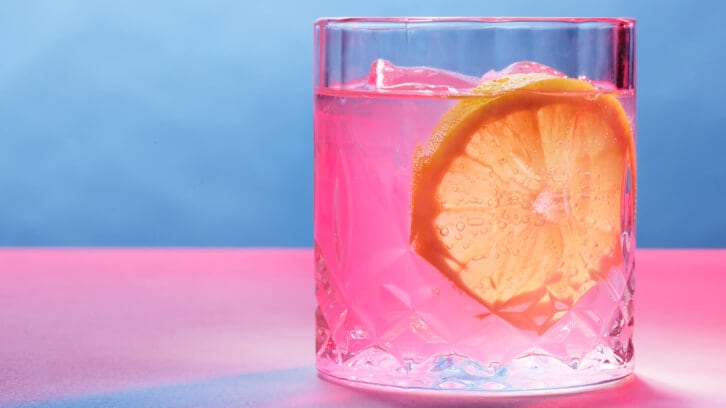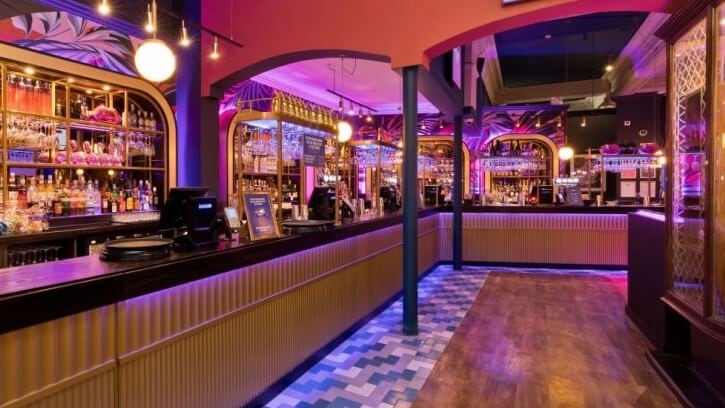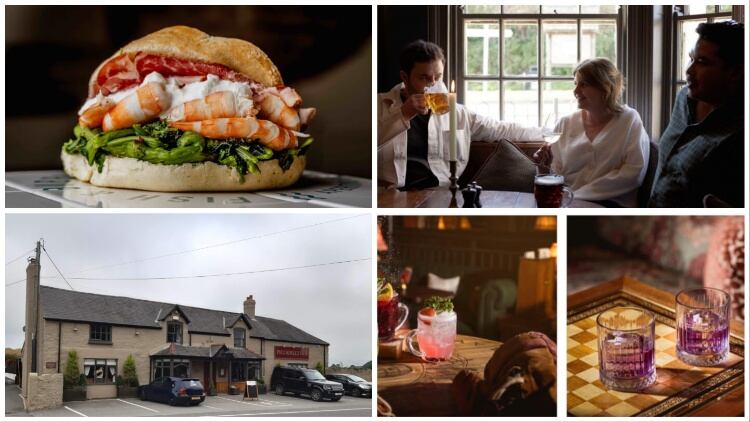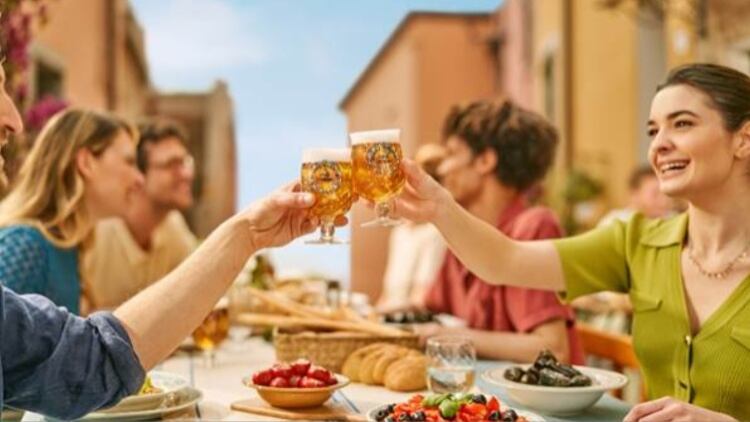- The Morning Advertiser (MA) recently announced the launch of the Low & No Project. Read the latest article here.
As an operator, you may be contemplating how to capitalise on this trend to stay ahead of the curve. Here are some tips to consider before doing so.
Understanding the lingo
The Government has provided guidance on low alcohol descriptors*. Use of these descriptors is voluntary, but if they are used, the guidance currently sets out the following recommended conditions for their use which are summarised as follows:
- Non-alcoholic – the term ‘non-alcoholic’ should not be used in conjunction with a name commonly associated with an alcoholic drink (such as beer, wine etc).
- Alcohol free – should only be applied to a drink from which the alcohol has been extracted if it contains no more than 0.05% ABV, and the products should also include the ABV (or state that they contain no alcohol) on the label.
- Low alcohol – must be 1.2% ABV or below and an indication of its maximum ABV should be included on the label.
- De-alcoholised – should only be applied to a drink from which the alcohol has been extracted if it contains no more than 0.5% ABV and the product should also include an indication of its alcoholic strength (or state that it contains no alcohol).
Although the guidance is aimed at the alcohol manufacturing and retail industries and labelling of products, it is worth noting for premises operators.
Under consumer protection regulations there is an obligation to provide material information to customers so that they can make an informed choice before they decide to make a purchase and this includes accurate descriptions of alcoholic drinks as well as the price – usually via drinks menus (similar legal requirements around information apply under labelling and advertising rules).
Therefore, where you use these descriptors (such as within your drinks menus), you should ensure they are used in-line with the guidance to ensure the drinks are accurately described to avoid misleading customers and potential enforcement action.
Operating an age verification policy
The Licensing Act 2003 defines alcohol as over 0.5% ABV and it is a criminal offence to sell alcohol (over 0.5% ABV) to a person under 18. Therefore, technically an alcoholic drink of 0.5% ABV or below can be purchased by someone under 18 as it’s not classed as ‘alcohol’ under licensing law so relevant underage sale offences do not apply.
Having said that I appreciate it can be confusing for your bar staff to be constantly checking the ABV of the drinks they are selling to people that they suspect to be under 18 and information showed on the drinks themselves do not always make it obvious as to the alcoholic strength.
Given this, it is perfectly acceptable for licensed operators to take an extra cautious approach and operate an age verification policy (commonly Challenge 21 or 25) not only for alcoholic drinks above 0.5% ABV but also for low and alcohol free drinks below that threshold based on practicality, as opposed to legality, and to reduce risk of an underage sale.
Particularly given the risk of getting it wrong can result in a range of penalties which, in a worst-case scenario can include an unlimited fine and possible suspension of alcohol sales for up to three months (if two or more underage sales take place at the premises within a three months).
Right to refuse service or entry
You and your bar staff have a common law right to refuse entry as well as service to whomever you choose, provided the refusal is not unlawful (grounds on which it would be unlawful to refuse someone entry or service include sex, race, disability, gender, sexual orientation and religion or belief).
Given this, if you choose to have a policy that proof of ID is requested for service, even where the drink is 0.5% ABV or below, customers will be required to comply with the request or face refusal of service as a result.
- Paula Kioko is a marketing associate at Poppleston Allen
*The Government recently consulted on options for updating this guidance on labelling of alcohol free and low-alcohol products. That consultation has now closed, and we await the response to the evidence gathered and whether this will result in any changes to the current guidance.




